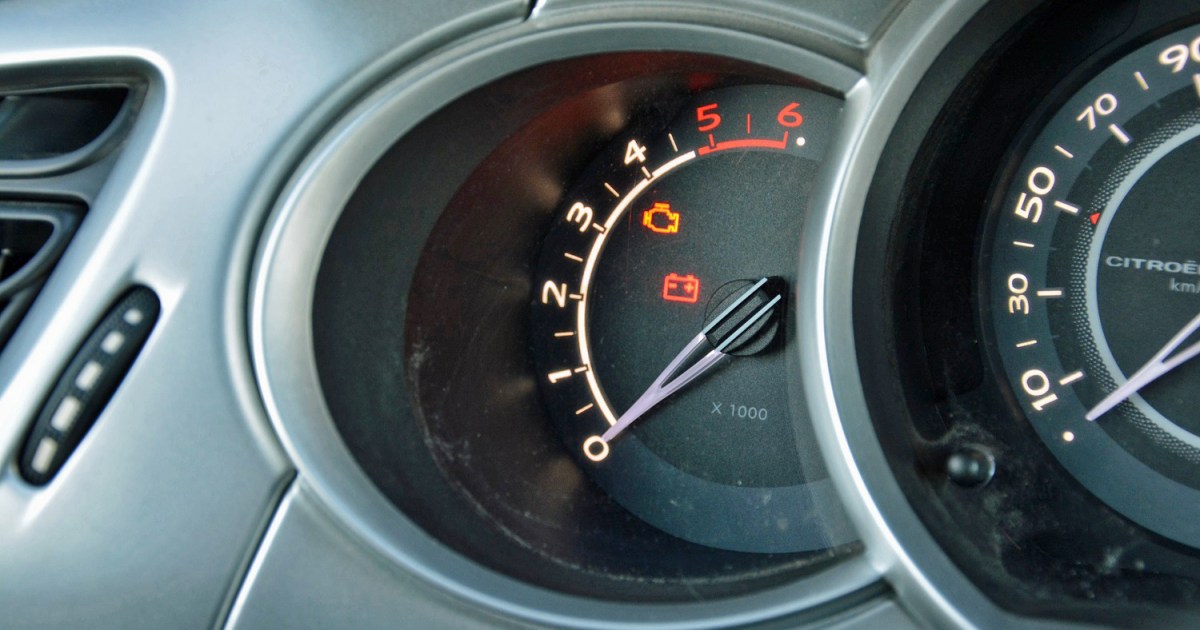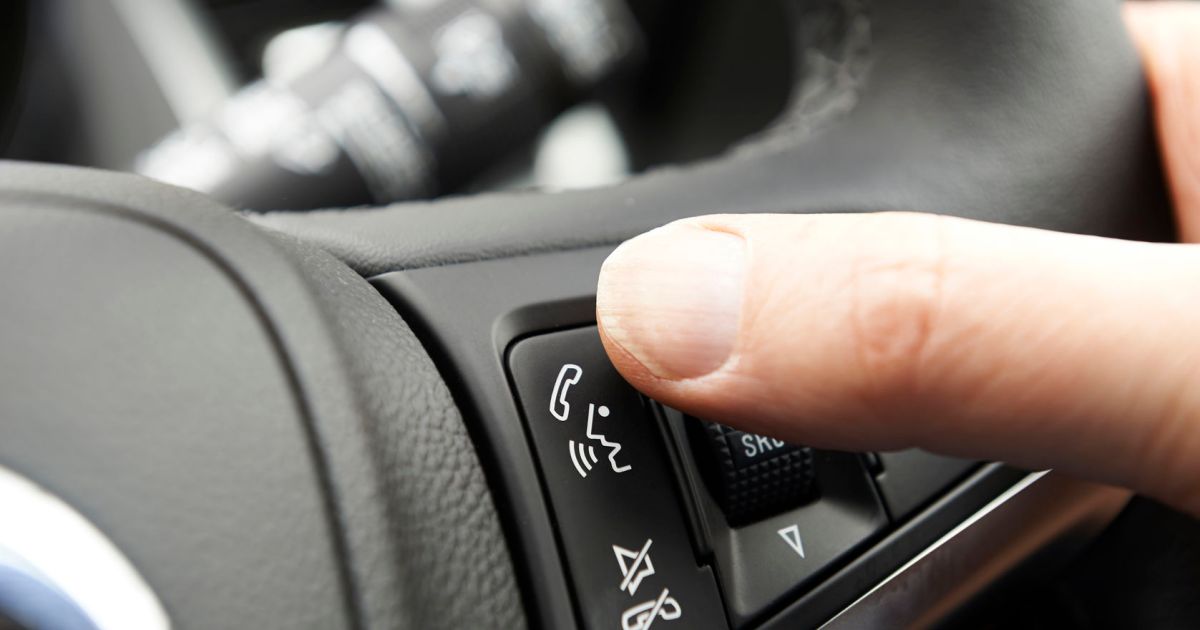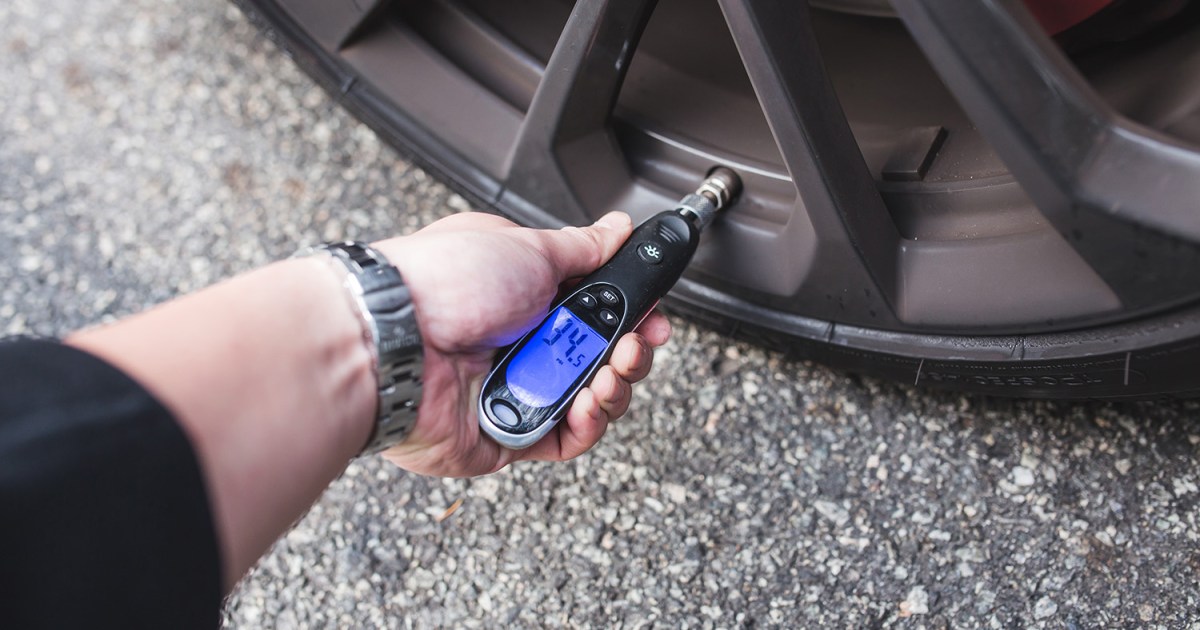Your car communicates through various signals, and one you shouldn’t ignore is the check engine light. This light illuminates when your car’s computer detects a problem. While it might induce panic, a glowing check engine light doesn’t always mean a hefty repair bill. Often, the underlying issues are simple and easily addressed. However, prompt attention is crucial to prevent minor issues from escalating. Here are ten frequent culprits behind that illuminated check engine light:
- Oxygen Sensor Failure
- Loose Fuel Cap
- Catalytic Converter Failure
- Spark Plug/Ignition Coil Issues
- Bad Spark Plug Wires
- Mass Airflow Sensor Failure
- Aftermarket Alarm System Problems
- Vacuum Leak
- Exhaust Gas Recirculation Valve Failure
- Dead Battery
Remember, your car’s computer stores the specific fault code triggering the light. Using a simple diagnostic device, you can retrieve this code for a precise understanding of the problem. This proactive approach can save you money in the long run.
1. Oxygen Sensor Failure
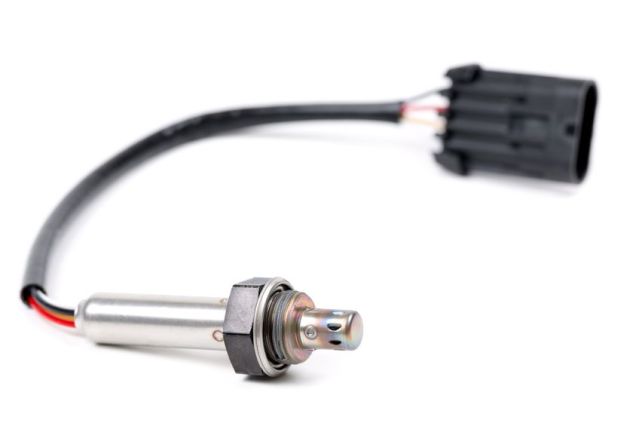 Oxygen sensorAlt: Close-up view of a car’s oxygen sensor, a key component in the exhaust system.
Oxygen sensorAlt: Close-up view of a car’s oxygen sensor, a key component in the exhaust system.
A failing oxygen sensor, also known as an O2 sensor, often triggers the check engine light. This sensor measures unburnt oxygen in the exhaust, providing data to the car’s computer for regulating the air-fuel mixture. While the engine will continue running with a faulty O2 sensor, fuel consumption increases. Long-term neglect can damage spark plugs, the catalytic converter, and even lead to emissions test failure. A quality replacement O2 sensor costs around $175, with labor costs varying based on your car’s make, model, and location. Modern cars often have multiple O2 sensors.
2. Loose Fuel Cap
Gas capAlt: A hand securing a gas cap onto a fuel tank filler neck.
Surprisingly, a loose fuel cap is a common check engine light trigger. The cap plays a vital role in the fuel system, preventing fuel vapor escape and maintaining proper pressure. If the light appears after refueling, check the cap immediately. Sometimes, replacement is necessary, but this is a relatively inexpensive fix. Universal-fit gas caps are available at most auto parts stores for around $15.
3. Catalytic Converter Failure
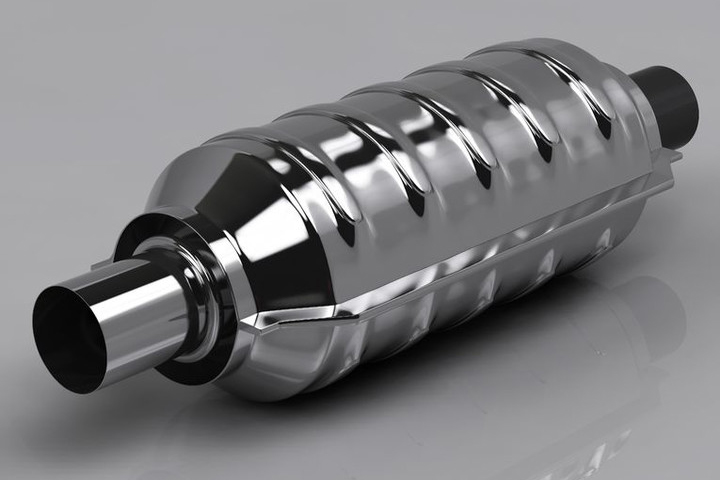 Catalytic converter failureAlt: A damaged catalytic converter removed from a vehicle’s exhaust system.
Catalytic converter failureAlt: A damaged catalytic converter removed from a vehicle’s exhaust system.
A failing catalytic converter, part of the exhaust system, can also illuminate the check engine light. This component converts carbon monoxide from combustion into carbon dioxide. While relatively simple, its replacement cost ranges from $200 to $600, depending on the car. Regular maintenance, including timely oil changes, and occasional highway driving (especially for city dwellers) can prevent catalytic converter issues. Watch for unusual exhaust sounds or discolored smoke.
4. Spark Plug/Ignition Coil Issues
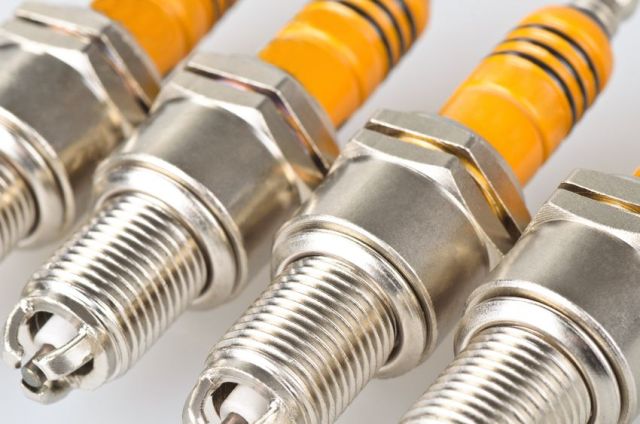 Spark plugAlt: A close-up image of a spark plug, essential for igniting the fuel-air mixture in an engine.
Spark plugAlt: A close-up image of a spark plug, essential for igniting the fuel-air mixture in an engine.
Faulty spark plugs or ignition coils are another potential cause. The ignition coil provides the electrical spark for the spark plugs to ignite the air-fuel mixture. While older cars have a single coil, modern vehicles often have one per cylinder, or a coil pack. A malfunctioning coil often triggers the check engine light. Diesel engines, however, have neither spark plugs nor ignition coils. Worn or fouled spark plugs can cause misfires and hesitation during acceleration. Similar symptoms can result from a worn coil, potentially causing the engine to stall. Spark plugs cost between $10 and $20 each, while coils are around $50. Changing spark plugs is often a manageable DIY task.
5. Bad Spark Plug Wires
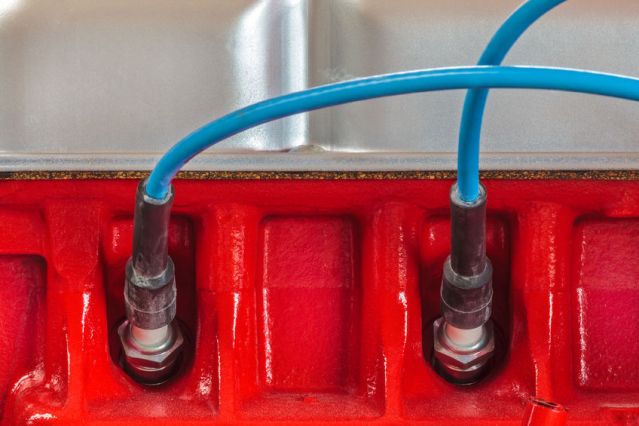 Spark plug wireAlt: Spark plug wires connecting to the engine, responsible for transmitting electrical current.
Spark plug wireAlt: Spark plug wires connecting to the engine, responsible for transmitting electrical current.
Bad spark plug wires can also illuminate the check engine light. These wires carry electricity from the coil to the spark plug, essential for igniting the fuel-air mixture. Most cars use one wire per cylinder, but some, like older Mercedes-Benz models, have two spark plugs and wires per cylinder. However, many newer cars have eliminated spark plug wires altogether. Symptoms of faulty wires include rough idling, decreased engine performance, and reduced fuel efficiency. A set of replacement wires costs approximately $50, and replacing them is a straightforward task.
6. Mass Airflow Sensor Failure
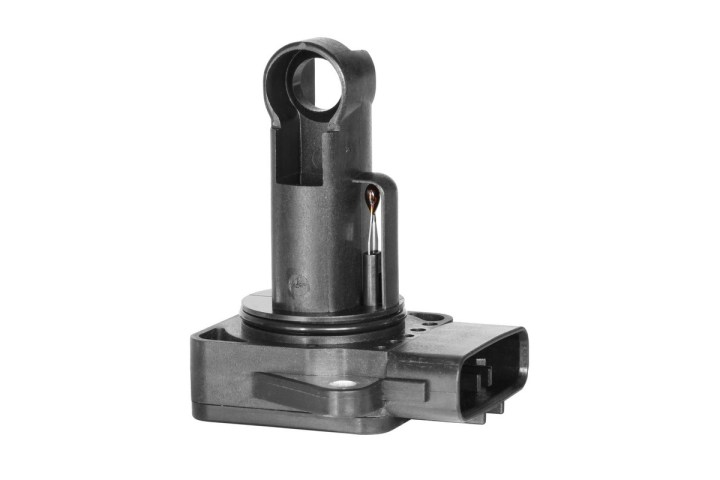 Mass airflow sensor failureAlt: A mass airflow sensor, a critical part of the engine management system.
Mass airflow sensor failureAlt: A mass airflow sensor, a critical part of the engine management system.
A malfunctioning mass airflow (MAF) sensor can also trigger the check engine light. The MAF sensor measures air intake, crucial for the engine management system to adapt to altitude changes. Symptoms of a faulty MAF sensor include rough idling, starting difficulties, sudden throttle pedal position changes, reduced fuel efficiency, and stalling. Replacing a MAF sensor typically costs between $120 and $150 for late-model cars.
7. Aftermarket Alarm System Problems
 Car alarmAlt: A car alarm system control pad, showing various security features.
Car alarmAlt: A car alarm system control pad, showing various security features.
Improperly installed aftermarket alarm systems can cause various issues, including a lit check engine light. These problems can range from battery drain and spurious check engine light activations to preventing the car from starting. Professional installation or repair is crucial to ensure proper alarm system function and prevent unintended consequences.
8. Vacuum Leak
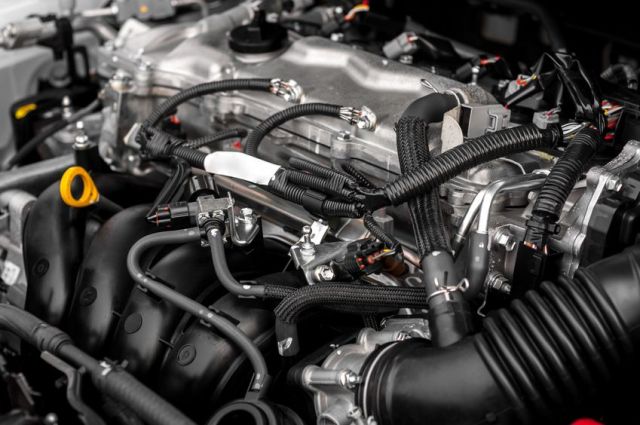 Car vacuum hosesAlt: A network of vacuum hoses within a car’s engine compartment.
Car vacuum hosesAlt: A network of vacuum hoses within a car’s engine compartment.
A malfunctioning vacuum system, responsible for various functions including brake boosting and emission control, can also trigger the check engine light. A surging idle or unusually high RPM can indicate a vacuum leak. Aging vacuum hoses can dry out and crack, especially in extreme temperatures, causing leaks. Other culprits include cracked fittings and loose connections. While individual vacuum lines are inexpensive, locating the leak can be time-consuming and potentially costly if professional help is required.
9. Exhaust Gas Recirculation Valve Failure
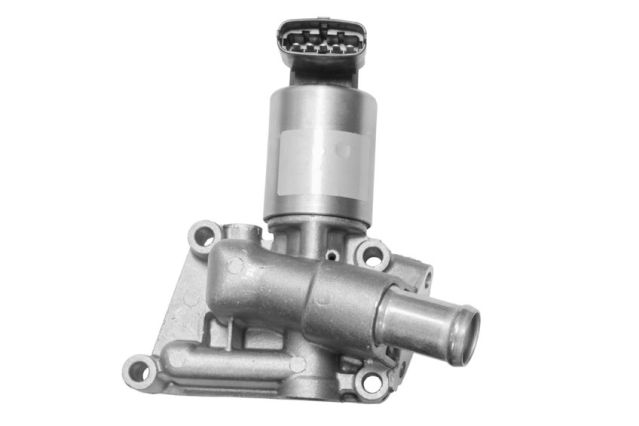 Exhaust gas recirculation valveAlt: An exhaust gas recirculation (EGR) valve, important for emissions control.
Exhaust gas recirculation valveAlt: An exhaust gas recirculation (EGR) valve, important for emissions control.
The exhaust gas recirculation (EGR) system reduces nitrogen oxide emissions and improves engine efficiency. It recirculates hot exhaust gases back into the combustion chambers for more efficient fuel burning and reduced emissions. A clogged or failing EGR valve can trigger the check engine light. Cleaning the EGR valve is a relatively simple DIY task, while replacement costs around $125 for an OEM-quality unit.
10. Dead Battery
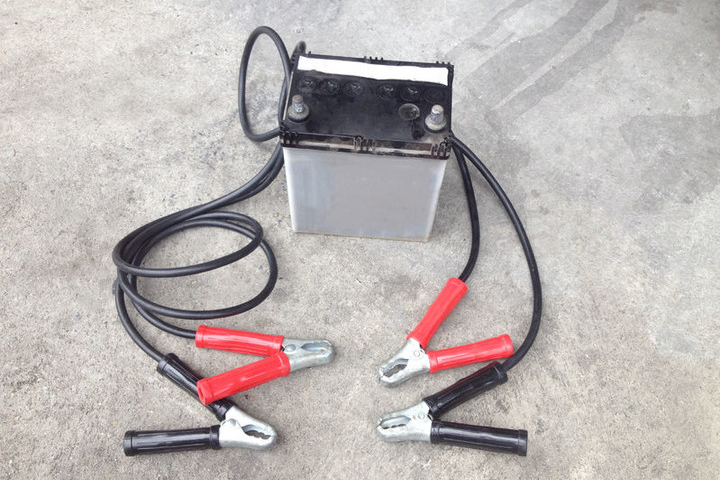 Dead batteryAlt: Jumper cables connected to a car battery, indicating a dead or weak battery.
Dead batteryAlt: Jumper cables connected to a car battery, indicating a dead or weak battery.
A dead battery can trigger not only the battery light but also the check engine light. The battery is essential for starting the car. While modern batteries are maintenance-free and long-lasting, replacement costs at least $100. Replacing or charging a battery is usually straightforward, though accessing the battery in some newer cars can be challenging due to its location and surrounding components. Remember that disconnecting the battery can reset your car stereo, so retrieve the code beforehand if necessary.
Decoding Your Check Engine Light: Next Steps
While modern cars are technologically advanced, diagnosing a check engine light often requires a separate diagnostic device. Many opt for the dealership, which is convenient but expensive. An OBD II scanner, costing under $40, is a cost-effective alternative to the $50-$100 diagnostic fee charged by many shops. Locate your car’s OBD II port (usually in the driver’s footwell), plug in the scanner, and retrieve the error codes displayed. Some codes offer clear explanations, while others require further research. Repair manuals or online resources can help decipher these codes. Remember that codes don’t always tell the whole story and further investigation may be needed. Professional-grade scanners offer more precision but come with a higher price tag. Combining a scanner with automotive knowledge or readily available information empowers you to troubleshoot car issues effectively. Ensure compatibility with your car before purchasing a scanner.
Check Engine Light vs. Preventative Maintenance
The check engine light offers clues about potential problems, but it’s not a replacement for regular maintenance or a skilled mechanic. Don’t rely solely on the check engine light for car care. The ECU won’t warn you about impending component failures like a water pump, ball joint, or A/C compressor. The check engine light signals a likely repair need, often after damage has already occurred. Prioritize routine preventative maintenance based on a schedule, not in reaction to problems. Combine this with diagnostic maintenance when you notice changes in your car’s performance, sounds, or smells. Familiarize yourself with your car’s maintenance needs, such as oil and coolant changes and brake pad replacements. This knowledge, coupled with consistent preventative maintenance, can keep your check engine light off and your car running smoothly.



